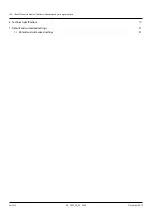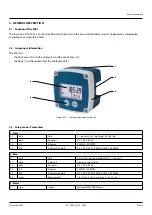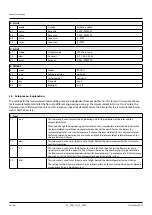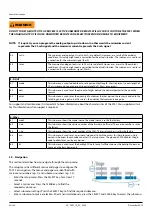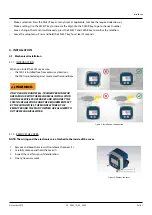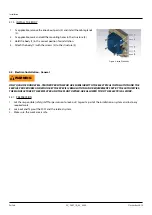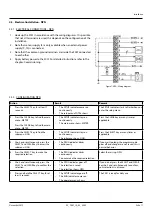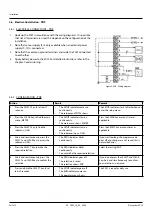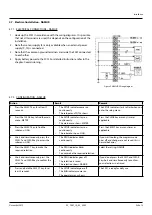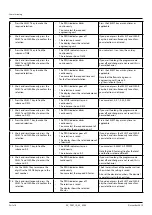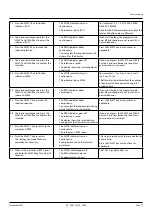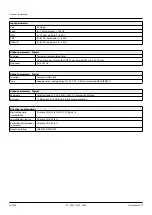
General description
December 2019
Seite 5
AC_F001_IA_02_2243
Examples
Metric
The flow meter generates 2.4813 pulses per liter and the selected engineering unit is m³. 1 m³ equals 1,000
liters, therefore per m³, 2,481.300 pulses are generated. The K-Factor is based on the number of pulses
generated by the flow meter per selected engineering unit, which gives 2,481.300/m³ and equals a K-Factor of
2,481.300.
•
For the K-Factor enter 2481300.
•
For the Decimals K-Factor enter 3.
Imperial
The flow meter generates 6.5231 pulses per USGAL and the selected engineering unit is USGAL.
The engineering unit is the same, so 6.523100 pulses are generated. The K-Factor is based on the number of
pulses generated by the flow meter per selected engineering unit, which equals a K-Factor 6.523100.
•
For the K-Factor enter 6523100.
•
For the Decimals K-Factor enter 6.
2. Rate
2.1
unit
This submenu is used to select the engineering unit for the indication of the flow rate.
2.2
time
This submenu is used to set the time unit for the flow rate calculation. Note that the flow rate is
given in engineering unit/time unit, e.g. liter/minute (l/min).
2.3
decs
This submenu is used to set the amount of digits behind the decimal pointer for the flow rate
indication.
2.4
k-f
This submenu is used to set the K-Factor for the flow rate. With the K-Factor, the flow meter pulse
signals are converted to a quantity. The K-Factor is based on the number of pulses generated by
the flow meter per selected engineering unit, for example per m³. A more accurate K-Factor (more
decimals, as set in kf-d) allows for a more accurate operation of the system.
2.5
kf-d
This submenu is used to set the amount of digits behind the decimal pointer for the K-Factor.
The setting for the K-Factor decimals has an indirect effect on the accuracy of the K-Factor because
more decimals give a higher accuracy.
2.6
meas
This submenu is used to set the time during which the flow rate is calculated. The flow rate is
calculated from the number of pulses which have passed during a set period of time.
3. Meter
3.1
sign
This submenu is used to set the type of output signal from the flow meter.
•
Coil is used for coil pickup (sine waves);
•
Reed is used for reed switches;
•
NPN is used for flow meters with a NPN output signal;
•
PNP is used for flow meters with a PNP output signal;
•
NAMUR is used for flow meters with a NAMUR output.
4. A-OUT
4.1
mode
This submenu is used to enable or disable the analog output.
4.2
r.min
This submenu is used to set the flow rate at which the output generates the minimum signal
(4 mA).
4.3
r.max
This submenu is used to set the flow rate at which the output generates the maximum signal
(29 mA).




